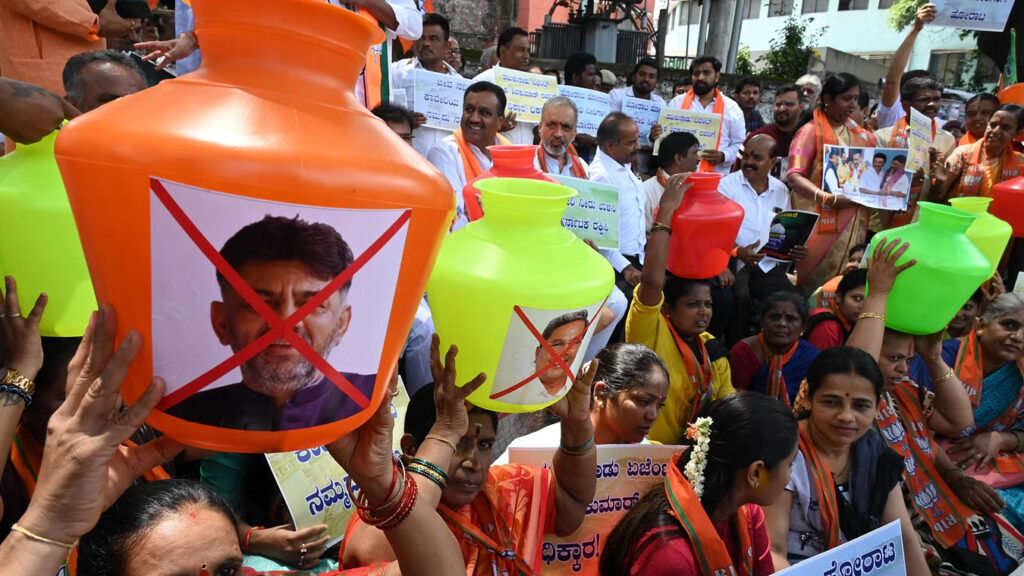Supreme Court Trusts Expert Body in Cauvery Water Dispute
In a recent decision, the Supreme Court wisely chose not to interfere with the Cauvery Water Management Authority’s (CWMA) order directing Karnataka to release 5,000 cubic feet of water per second to Tamil Nadu until September 27. This decision shows respect for an expert body’s ability to manage water distribution during a year with reduced rainfall.
Karnataka’s Challenge
Karnataka had raised concerns about its reservoirs facing a 53% shortfall in inflows due to a weak southwest monsoon. They argued they couldn’t release the mandated 5,000 cusecs for an additional 15 days. Despite facing political pressure and protests, Karnataka adhered to the CWMA’s order.
Tamil Nadu’s Previous Plea
Earlier in August, Tamil Nadu approached the Court to seek water release from Karnataka’s reservoirs. They needed the stipulated water for the latter half of August and all of September. The Court then sought a report from CWMA, revealing the extent of this year’s distress.
What’s Next?
The current CWMA order is valid until September 27, and the Cauvery Water Regulation Committee (CWRC) will meet on September 26 to reassess the situation. This dispute re-emphasizes the need for a consistent formula to allocate water during monsoon-deficient years.
Addressing Abundance and Shortage
In years of abundance, Karnataka easily complies with the Cauvery Water Disputes Tribunal’s final award. Most of this water naturally flows downstream during heavy rains. The challenge arises in deficit years when States hope for favorable court orders, even without CWMA intervention. We must avoid yearly adjudication and seasonal litigation.
Seeking a Permanent Solution
CWMA should seize the opportunity to develop a permanent formula for assessing deficits in a given year. However, the two states have differing views on how to assess deficits. Now, it’s up to CWMA and CWRC to gather data on rainfall, inflows, and storage and devise an equitable formula for allocating shortfalls.
The Crucial Point
Both states may not be fully satisfied with the release quantities ordered by CWMA, but this is where expertise should prevail over politics. It’s time for a well-thought-out, sustainable solution to prevent annual disputes and ensure fair water allocation.
Also Read: Top Cities With The Most Vande Bharat Trains






